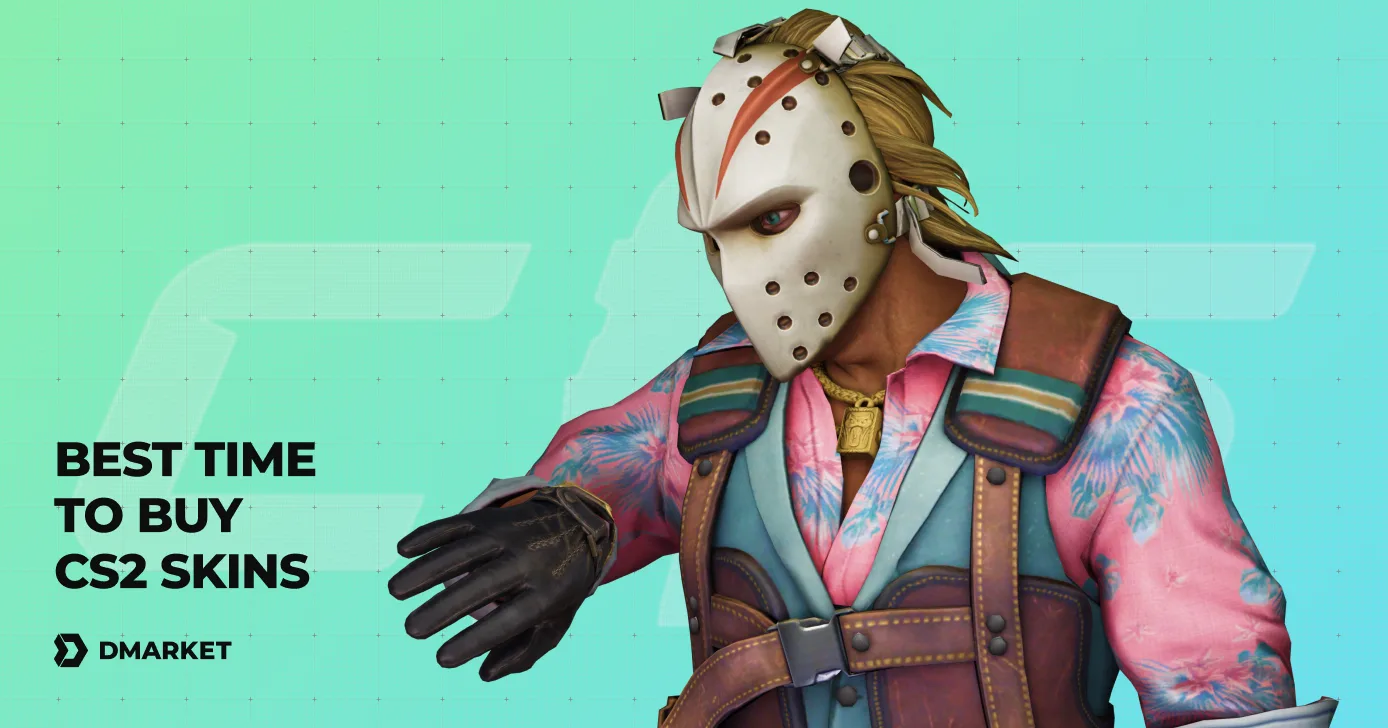Complete Guide: How to Evaluate Skin Rarity and Value
Learn the essential factors that determine WFS skin values, from condition grades to market demand patterns.

Understanding skin rarity and value is crucial for successful trading in the WFS marketplace. This comprehensive guide covers all essential factors that influence skin pricing and market demand.
From condition grades to pattern variations, we'll explore the key metrics that determine whether a skin is worth investing in or should be avoided in your trading portfolio.
The Role of Rarity
Rarity is one of the strongest indicators of a skin’s value. Skins are typically classified into different rarity tiers, ranging from common to legendary or ultra-rare. The scarcer an item is, the more collectors and players are willing to pay for it. Special event drops, discontinued crates, or limited-time rewards often become the most valuable assets in the market.
What makes rarity even more important is its long-term effect. While demand for certain skins may fluctuate, rare items almost always retain baseline value because of their scarcity. Many traders treat these rare assets as long-term investments, expecting prices to climb steadily over time.
Condition Grades and Wear Levels
Beyond rarity, condition plays a huge role in valuation. Skins are issued in various wear levels such as Factory New, Minimal Wear, Field-Tested, Well-Worn, and Battle-Scarred. The better the condition, the cleaner and brighter the skin looks in-game, which translates directly to higher value.
For example, a Factory New skin of a popular weapon can easily sell for two to three times the price of the same skin in Battle-Scarred condition. For traders, this means that condition should always be factored into pricing decisions.
Pattern Variations and Special Seeds
Not all skins of the same type are equal. Many skins have unique “pattern seeds” that create slight variations in texture and color placement. Some rare patterns—like perfect symmetry, vibrant distributions, or specific community-named designs—can fetch significantly higher prices.
Recognizing and identifying these rare patterns is a valuable skill for traders. A standard skin might sell for market value, but if you happen to hold a rare pattern, you can negotiate a premium.
Market Demand and Community Trends
Market demand is a powerful driver of price. Even the rarest skin will not rise in value if the player community is not interested in it. Demand often spikes when professional players, streamers, or influencers showcase a particular skin during tournaments or streams.
Seasonal events, new patch releases, and cultural themes also influence demand. Traders who track community forums and social media often anticipate spikes in interest, allowing them to buy low and sell high during demand surges.
Supply and Scarcity Dynamics
Supply is equally important as demand. A skin that is still dropping in large numbers from cases may struggle to hold value because of oversupply. In contrast, skins tied to discontinued cases or one-time events grow scarcer over time, which boosts their long-term value.
Successful traders often invest in older skins with limited circulation, banking on scarcity to increase their worth as time goes on.
Historical Pricing and Investment Strategy
Studying historical market data reveals patterns in pricing. Typically, new skins debut at high prices, dip when oversupply floods the market, and then gradually recover as supply stabilizes. Understanding these cycles helps traders make informed buy and sell decisions.
Some traders prefer short-term flips, capitalizing on sudden price spikes after esports tournaments. Others hold their assets long-term, betting on scarcity to deliver steady appreciation. Both approaches can be profitable when applied with discipline.
Security and Scam Prevention
As with any valuable market, scams are a real risk. Fake listings, phishing attempts, and fraudulent trade links are common. Always double-check trade offers, use secure marketplaces, and enable two-factor authentication to protect your assets.
Being cautious with trades is essential. A single mistake can cost you months of effort, so prioritize security as highly as profitability.
Pro Tips for Traders
- Track official patch notes and updates—balance changes can affect demand.
- Diversify your portfolio with both high-value and stable skins.
- Follow community forums and influencers to anticipate market shifts.
- Set clear profit targets to avoid emotional trading decisions.
- Reinvest profits into skins with consistent liquidity.
Conclusion
Evaluating WFS skin rarity and value requires both research and intuition. By considering rarity, condition, patterns, demand, supply, and market cycles, traders can make smarter decisions and minimize risks.
Whether you’re a casual collector or a seasoned investor, mastering these fundamentals will help you navigate the WFS marketplace with confidence and maximize the potential of every trade.